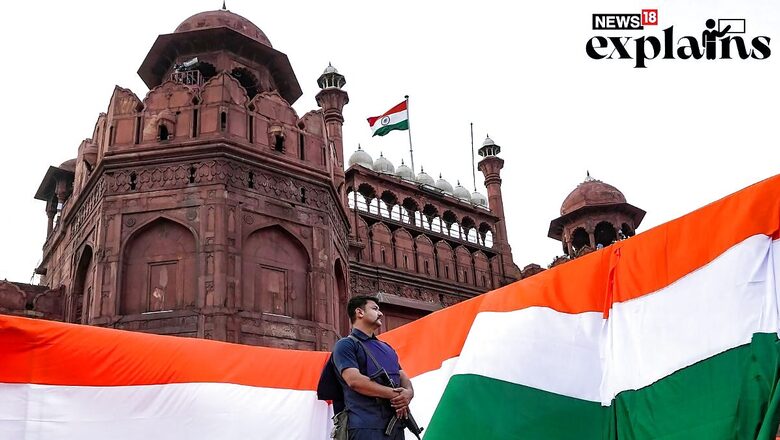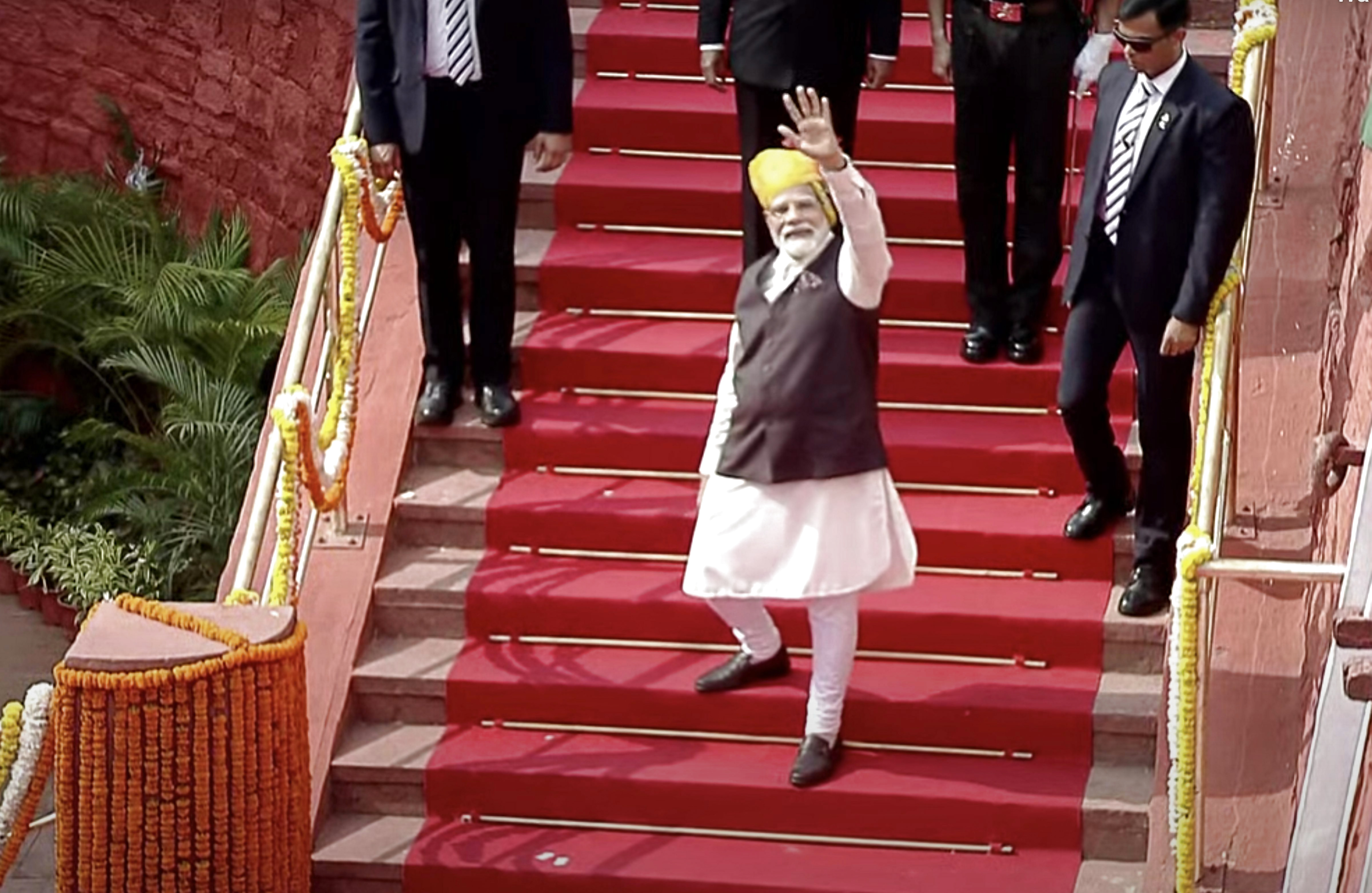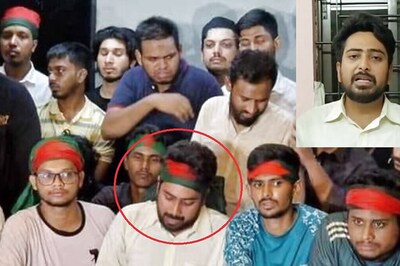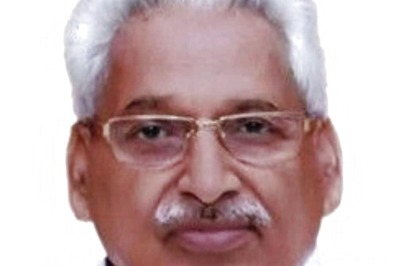
views
Prime Minister Narendra Modi on Tuesday hoisted the tricolour and addressed the nation from the Red Fort in Delhi on India’s 77th Independence Day. During his 10th Independence Day speech, the prime minister spoke for 90 minutes on development, problems of corruption, Vishwa Mitra Bharat and other pressing issues.
The tradition of hoisting the tricolour and then addressing the nation from the ramparts of the Red Fort has been an old one and was started by India’s first Prime Minister Jawaharlal Nehru in 1947. Nehru delivered his address on August 16, a day after the official hand-over of power.
Over the years, the Red Fort has become an integral part of the Independence Day celebrations, often capturing the mood of the nation and the government in power.
Why is Red Fort Chosen for This Honour?
Red Fort has historical significance in the Indian history since the Mughal history. When the country got its independence India’s first Prime Minister Pandit Jawaharlal Nehru chose the monument to hoist the national flag and address the nation back in 1947.
The iconic monument also gets its significance as it is situated in Delhi, which has been the centre for power as early as the thirteenth century.
Delhi became a major capital under the Delhi Sultanate (1206-1506) under the rule of Qutubuddin Aibak, first ruler of the Slave or Mamluk dynasty, who ruled a large part of north India.

Babur (1483-1530), the first ruler of the Mughal dynasty, referred to Delhi as the ‘capital of all Hindustan’ after he began ruling Delhi in 1526. Though Akbar, the third Mughal ruler, shifted his capital to Agra for some time, Delhi remained as the centre of rule in India.
However, under Shah Jahan (1592-1666), Delhi became the capital of Mughal empire once again and came to be known as Shahjahanabad in 1648 (which is situated in present-day Old Delhi).
The Red Fort became the citadel of Shahjahanabad till 1857 and even when the Mughal rule shrank, Delhi was seen as their source of legitimate sovereign authority, according to The Indian Express.
During the 1857 sepoy mutiny, also referred to as the First War of Independence, the rebels headed to Delhi and declared the last Mughal Emperor Bahadur Shah Zafar (1775-1862) as their king at the iconic Red Fort.
Therefore, the monument become the symbol of indigenous authority, around which the authority of the entire country revolved.
Red Fort Under the British
The Britishers after quashing the 1857 rebellion and capturing Delhi, initially planned to raze the whole Shahjahanabad to the ground. Though they destroyed Akbarabadi mosque and the Urdu Bazaar near Daryaganj, they stopped short of completely razing the Red Fort. However, most of the inner structures of the monument (80 percent) were destroyed.
Significance of Red Fort
During the last stages of the Freedom Movement, Subhash Chandra Bose-led Indian National Army (INA) marched towards Delhi from Burmese border with the Japanese effort. When their efforts failed, the senior officers of the INA were publicly tried at the Red Fort.
The trials firmly established the Red Fort as a symbol of power and resistance in the minds of the Indian public. Then in 1947, Nehru decided to hoist the flag over the Red Fort in 1947.
“With the coming of Independence, it was necessary that the site of the Red Fort, over which the British colonial government had sought to inscribe its power and might, be symbolically reclaimed for the Indian people,” historian Swapna Liddle wrote in The Indian Express.
Thus, the Red Fort was chosen as the site for the Independence Day celebrations for its historical significance.

















Comments
0 comment